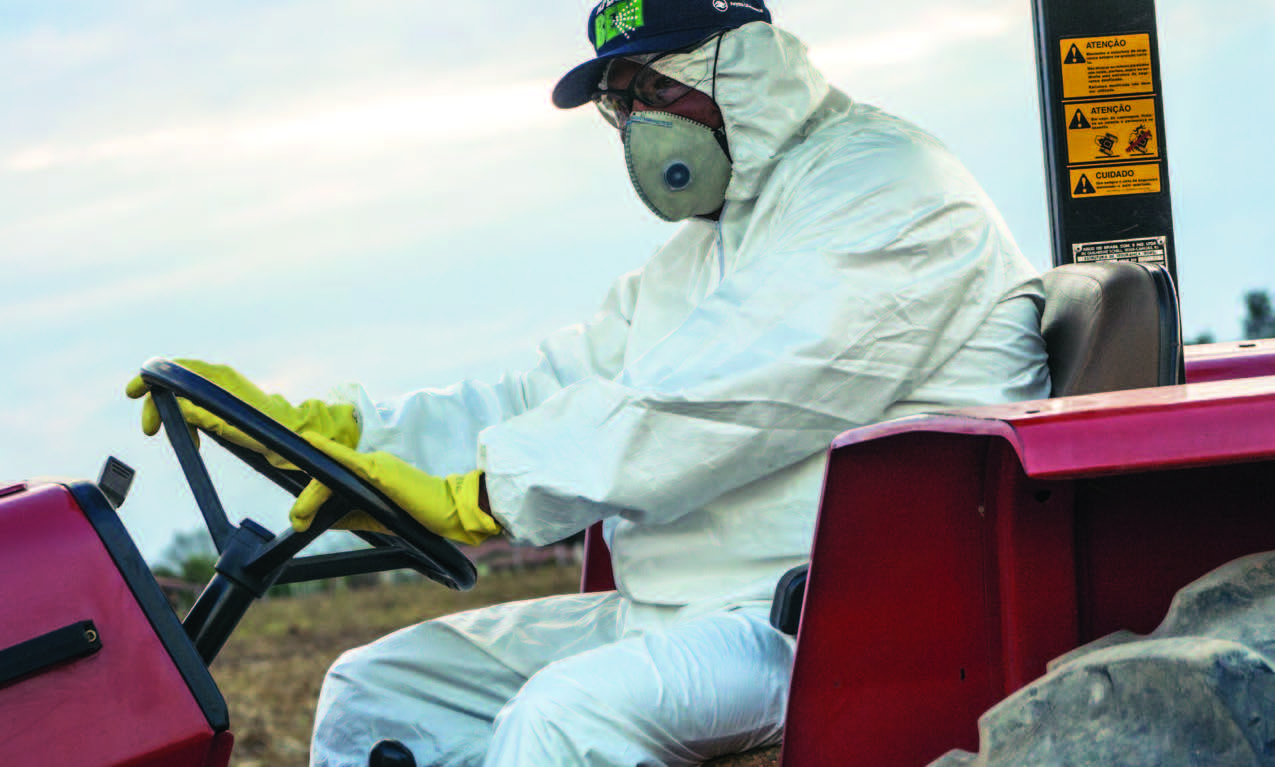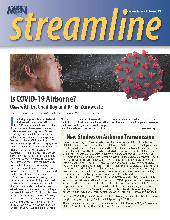
COVID-19 has reformulated health systems and clinical practice, but, while primary care clinicians work to limit the spread of the coronavirus among agricultural worker communities, they must also contend with ongoing unaddressed or under-addressed health concerns that may prompt a primary care or urgent care visit. As the summer season barrels forward, incidents of pesticide exposure and illness will surface. The Worker Protection Standard (WPS) is the primary regulation to protect agricultural workers from the health risks associated with pesticide exposure. The Environmental Protection Agency’s 2015 updates to the WPS are in full effect, but many clinicians serving agricultural workers may still be unaware of the basic protections afforded by the WPS, and the important role clinicians play in recognizing. managing and preventing pesticide overexposure. Migrant Clinicians Network and Farmworker Justice’s newly updated “Clinician’s Guide to EPA’s Worker Protection Standard” reviews the processes to which a worker is entitled, after exposure, even amid the COVID-19 pandemic.
“Clinicians play such a critical role in helping farmworkers who have been exposed to pesticides,” noted Amy K. Liebman, MPA, MA, Director of Environmental and Occupational Health at Migrant Clinicians Network. “Being informed about the regulations aimed to protect workers and their families is an important part of caring for this population.”
Personal Protection Equipment for Pesticide Applicators
Particularly relevant during the ongoing COVID-19 pandemic is the right to personal protective equipment (PPE) for both pesticide handlers during application, and for workers who work in treated areas before the restricted entry interval has ended. PPE shortages have risked the health of frontline clinicians across the country in recent months. However, shortages among health care providers cannot justify an application of pesticides without proper protection. Pesticides must be applied according to the label and that often involves employer-provided and -maintained personal protective equipment, such as gloves, respirators, and coveralls. In the case of a respirator or other PPE shortage, pesticide applications must be postponed until the employer is able to secure sufficient PPE. There is also the potential to substitute the pesticide and use one that does not require a respirator.
Primary Care and Pesticides
The Clinician’s Guide serves to inform clinicians on both the protections agricultural workers should have to avoid exposure, and the process to follow in the case of exposure. In addition to emergency medical assistance, the guide outlines retaliation restrictions, enforcement responsibilities, and state-by-state medical monitoring and incident reporting. The WPS is a wide-ranging standard, and the guide includes summaries of such provisions as: required annual training on pesticides provided by the employer; required provision of pesticide product information and safety data sheets to clinicians attending to a worker exposed to pesticides; and stipulations on how employers must inform workers about where and when pesticides were sprayed.
Proposed Changes Not Finalized
In 2019, the EPA proposed changes to the provision within the WPS to reduce the size of the Application Exclusion Zone, or AEZ. The AEZ is currently a 100-foot buffer zone around the pesticide-treated area, where “only properly trained and equipped pesticide handlers involved in the application may enter,” notes the guide. This proposed provision change has not been finalized, and consequently is not reflected in the current edition of guide, but its implications are outsized. Limiting the AEZ may result in increased pesticide exposure among agricultural workers who work in or traverse the buffer area.
Visit MCN’s pesticide reporting map: https://www.migrantclinician.org/issues/occupational-health/pesticides/reporting-illnesses
Subscribe to MCN’s blog to receive updated information and perspectives on worker safety and pesticides: http://migrantclinician.org/blog
Read this article in the Summer 2020 issue of Streamline here!
Sign up for our eNewsletter to receive bimonthly news from MCN, including announcements of the next Streamline.
